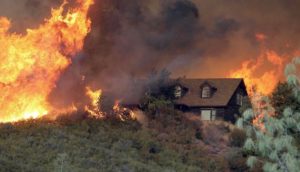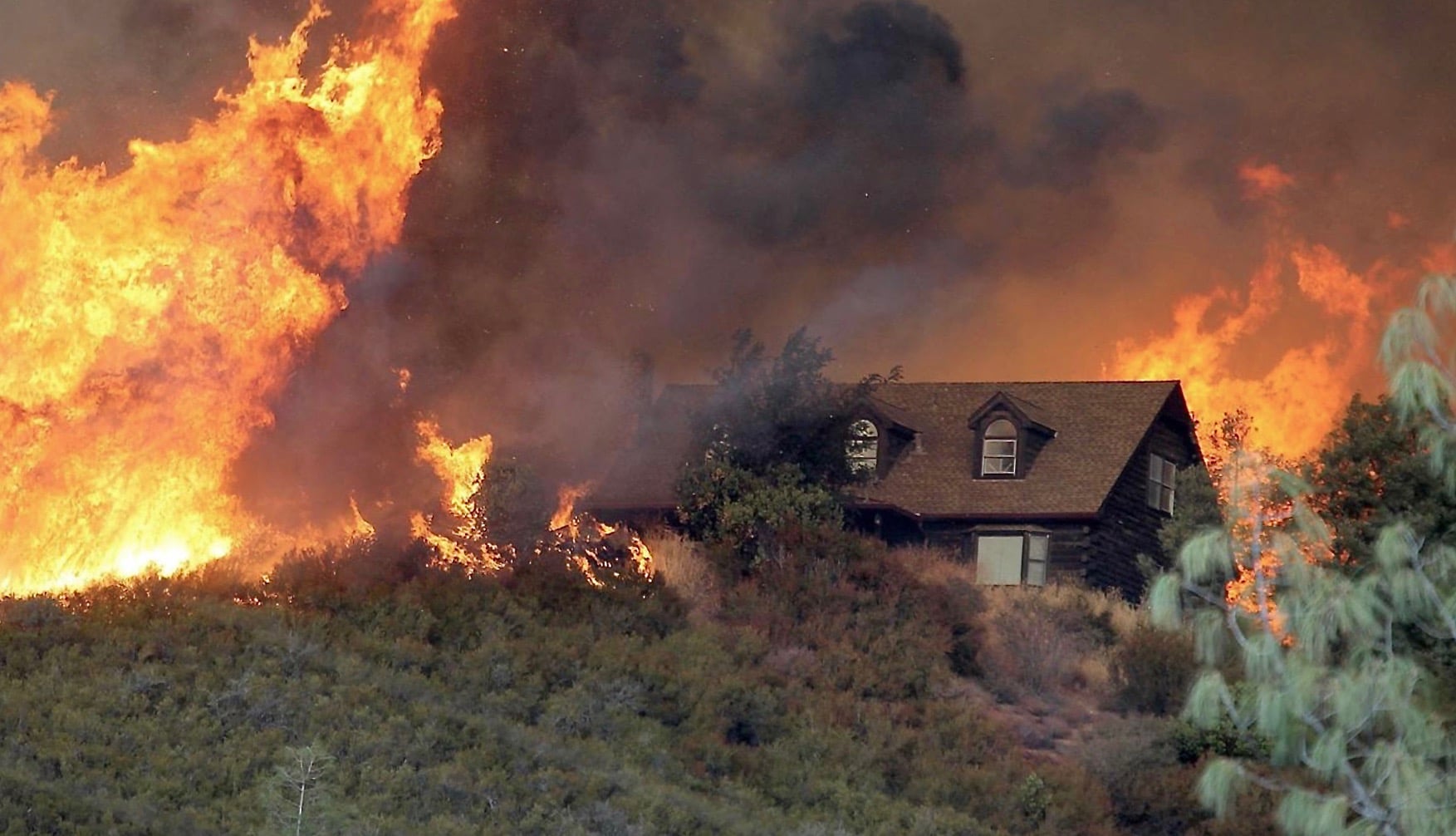Justin Stoltzfus
When your community is in the path of a wildfire, there’s little you can do. Likewise, there’s no magic bullet for preventing all damage to your home and belongings. There are, however, some adjustments you can make to your property that could minimize the destruction — and home insurance claims.

The right insurance coverage
Basic home insurance policies cover fire damages. Yet reducing the damage a fire causes will keep your claims (and premiums) to a minimum. Be sure you know what’s in your policy. Does it cover just the cash value of your home? Or does it provide enough coverage to rebuild it in the same area at current construction costs? Will it pay for the costs of living elsewhere (like in a hotel) while your home is being rebuilt?
Safety zones
The Federal Emergency Management Administration (FEMA) calls for two “safety zones” around your property. Some of these precautions must be taken well in advance, while others can be carried out once you know a wildfire is on the way.
The first safety zone should include the area that extends 30 feet from your home, according to FEMA.
- Clear all flammable or combustible objects around your home. This could include piles of firewood, gas grills and propane tanks.
- Move shrubs that grow against the house. Remove all highly flammable vegetation like juniper, fir trees and vines.
- Prune branches, and clear away fallen limbs, dead plants and leaves.
- Keep your lawn well mowed to a maximum height of about 2 inches.
A second outer zone should extend at least 100 feet from your home.
- In the outer zone, FEMA recommends limiting flammable vegetation. If you live on a hill, consider extending this zone out to several hundred feet because fire travels faster uphill than it does on a flat surface.
- If you live near a wooded area, your city may have local laws regarding building codes, landscaping, leaf burning and weed elimination, according to FEMA.
Last line of defense
In addition to securing the area around your home, there are ways to make your home fire resistant. According to the Insurance Institute of Business and Home Safety (IBHS), many homeowners mistakenly assume that the flames themselves are what will destroy their homes. However, wind-blown embers and debris are other threats and can damage your home when the actual fire isn’t yet in sight.
IBHS recommends sealing your home’s weak spots, which can allow embers to ignite your home from the inside:
- Get a Class A roof. Class A roofs are resistant to embers and burn less easily than other materials. Roofs constructed out of certain materials may even win you a home insurance discount.
- When a wildfire is on its way, close doors and windows to prevent embers from “leaking” in.
- Clean your gutters to prevent debris inside from igniting.
- Pay close attention to gaps where your home’s vertical walls meet the roof (or where a deck connects to your home). Clean debris out of these gaps as often as you clean out your gutters.
